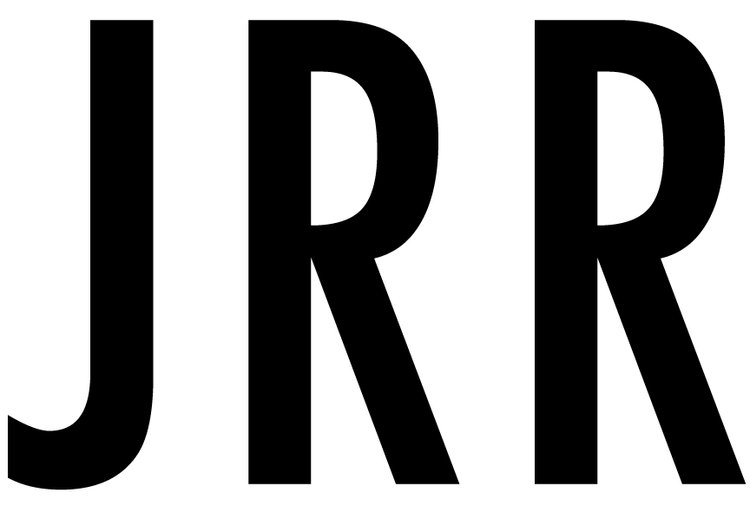Genbaku Dome, Hiroshima, Japan. March, 2023. Shot on an experimental film.
This week is the 78th anniversary of the atomic bombings on Hiroshima and Nagasaki. I mentioned in a previous post/story that I’ve been moderately obsessed with the atomic bombings because World War 2 films and documentaries were a constant background noise to my childhood, mostly through my step-father: his father was one of the first allied group of troops to liberate Dachau. (I’ve made work about this before, but as a child, I stumbled across stacks of photographs he took of the camp as the troops moved in, that were then passed down to my step-father. It was one of the first instances in which I realized the power of photography.) Further, my maternal grandfather was a reporter who documented Japan’s reconstruction, and my biological paternal grandfather fought in the pacific. It was a war that never ended for nearly two generations.
.
I was in Japan in March, and we made a pilgrimage to Hiroshima, the dome and the Peace Museum. I shot the dome on some experimental 35mm film, perhaps a bit cliche, perhaps a bit apropos. (I also took some really lovely black and white shots that I’ll upload at some point.) I didn’t get to spend as much time there as I would have liked and was definitely rushing. Ironic, for a place outside of time.
.
In the Peace Museum, many of the remaining photographs of the immediate devastation from the bomb in Hiroshima were from civilian photographers. It was the citizens of Hiroshima, with very basic cameras, who documented their own trauma and survival, before the “official” American documenting could start. I have since relayed that to my students - you never know when an image of yours could be used to tell history, especially your own.
Genbaku Dome, Hiroshima, Japan. March, 2023. Shot on an experimental film.


